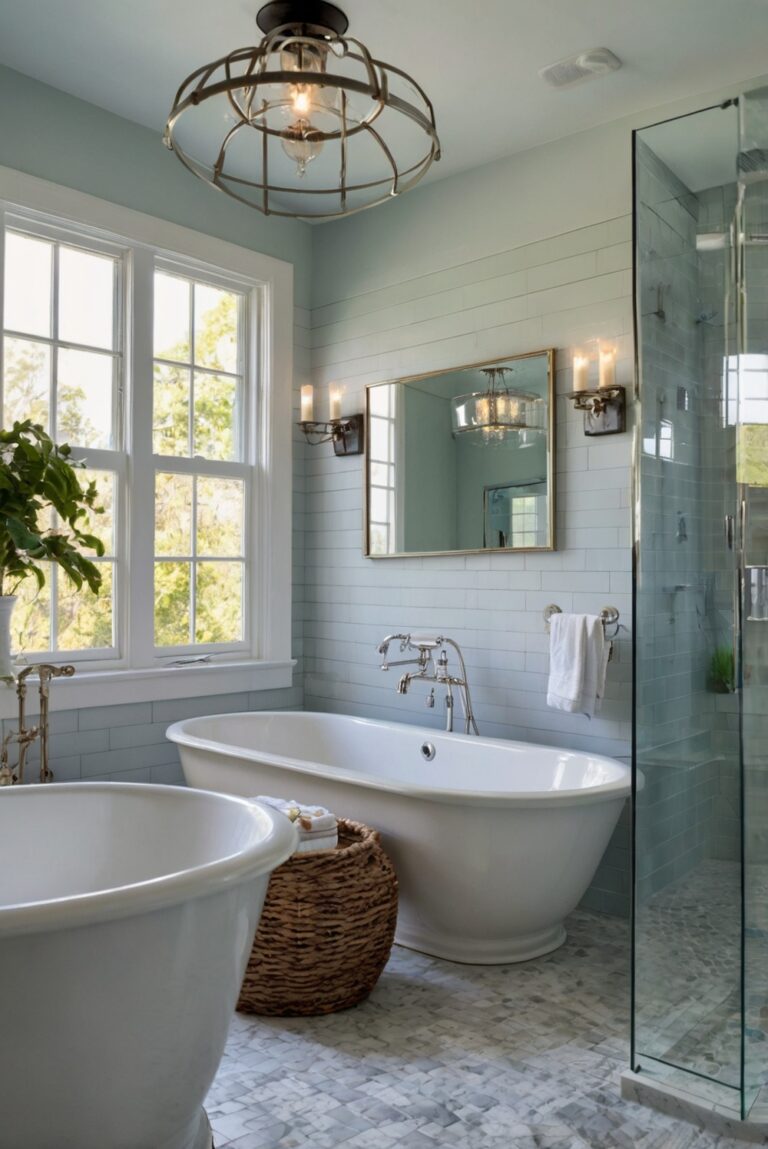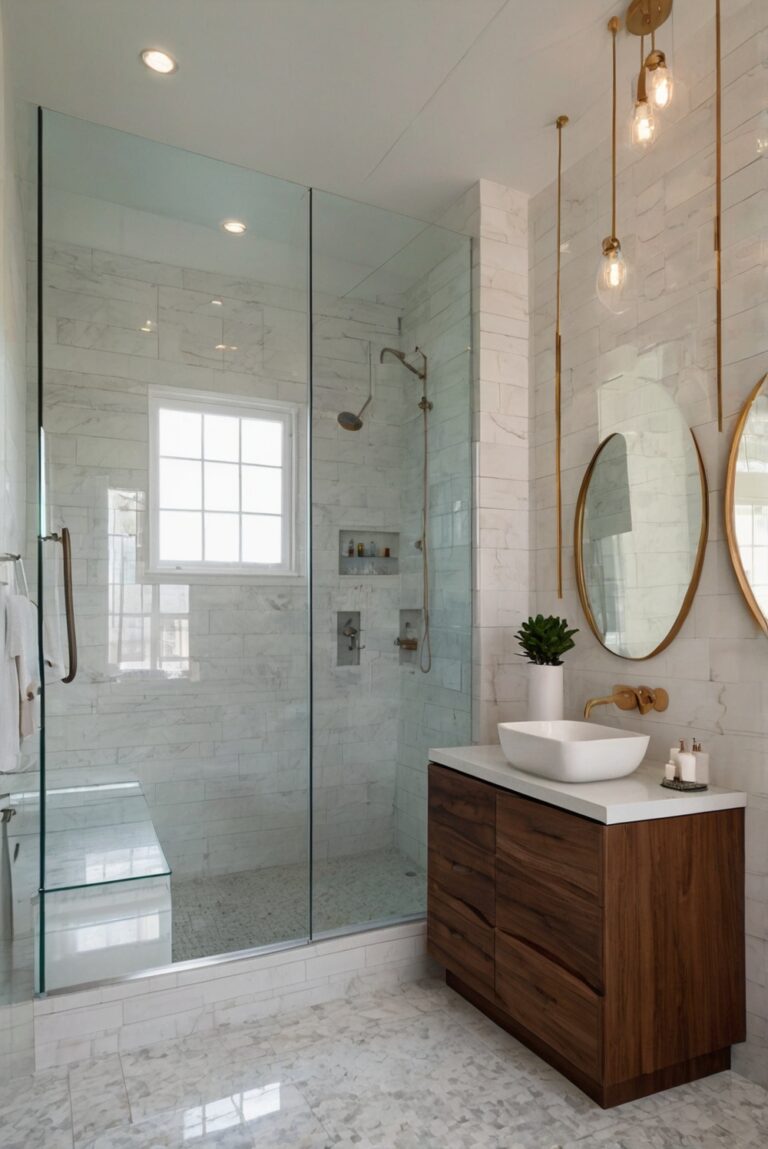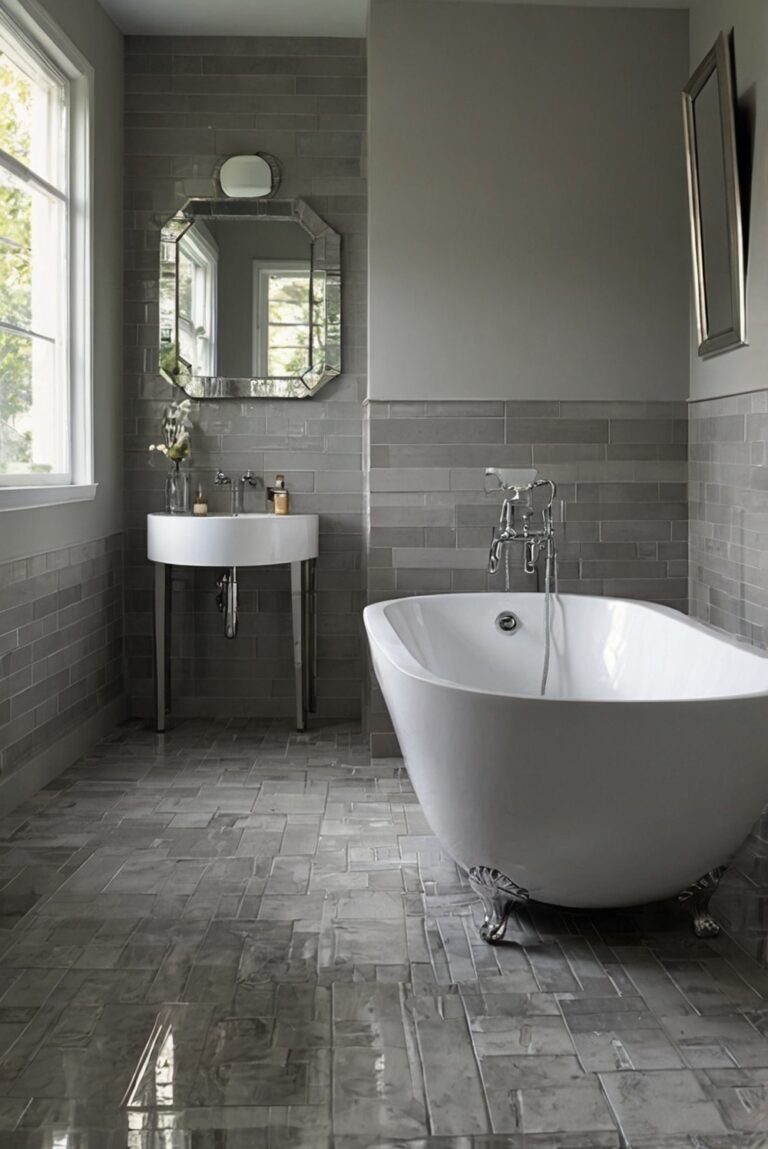How to install a composting toilet for eco-conscious bathroom design?

Looking to elevate your bathroom design with an eco-conscious touch? Dive into the daily routine of an interior designer and learn how to install a composting toilet for sustainable living.
To install a composting toilet for eco-conscious bathroom design, start by selecting a suitable location with proper ventilation and access to electricity. Consider the size of the toilet and make sure you have enough space for installation. Next, assemble the components according to the manufacturer’s instructions and connect the toilet to the composting unit. Ensure proper sealing to prevent odor leakage and regularly maintain the system by adding bulking materials and emptying the compost when needed. Benefits of composting toilets include saving water and producing nutrient-rich compost for plants. Properly installing a composting toilet contributes to sustainable living practices and eco-friendly home decorating.
List of Keywords:
1. Home decorating
2. Home interior
3. Home interior design
4. Space planning
5. Interior design space planning
6. Decorating interiors
7. Interior bedroom design
8. Designers kitchen
9. Kitchen designs
10. Living room interior
11. Designer wall paint
12. Primer paint for walls
13. Color matching painting
14. Paint color match
15. Home paint colors
How to Install a Composting Toilet for Eco-Conscious Bathroom Design
What is a Composting Toilet?
A composting toilet is a sustainable and eco-friendly alternative to traditional flush toilets. It uses the natural process of decomposition to break down human waste into compost material that can be safely returned to the environment. By installing a composting toilet in your bathroom, you can reduce water usage, minimize environmental impact, and promote a more sustainable lifestyle.
Why Choose a Composting Toilet?
Composting toilets are an excellent choice for eco-conscious individuals who want to reduce their water consumption and environmental footprint. Traditional flush toilets waste a significant amount of water with each use, contributing to water scarcity and pollution. In contrast, composting toilets require little to no water, making them a more sustainable option for your bathroom design.
Benefits of Installing a Composting Toilet
Installing a composting toilet offers several benefits, including:
- Reduced water usage
- Lower environmental impact
- Production of nutrient-rich compost
- Cost savings on water bills
- Independence from septic systems or sewage treatment plants
How to Install a Composting Toilet
When installing a composting toilet for your eco-conscious bathroom design, follow these steps:
- Choose the right composting toilet model based on your space and usage needs.
- Prepare the installation site and ensure proper ventilation.
- Install the composting toilet according to the manufacturer’s instructions.
- Connect the venting system to ensure proper airflow and odor control.
- Regularly maintain and empty the composting chamber as needed.
Additional Considerations for Composting Toilets
In addition to the installation steps, consider the following factors when choosing and using a composting toilet:
- Size and capacity of the composting chamber
- Power source for ventilation systems
- Odor control mechanisms
- Regulations and permits for composting toilets in your area
- Proper composting techniques and materials
In conclusion, installing a composting toilet is a sustainable and eco-friendly choice for your bathroom design. By choosing a composting toilet, you can reduce water usage, minimize environmental impact, and promote a more sustainable lifestyle. Follow the installation steps and consider additional factors to ensure a successful and eco-conscious bathroom design.
1. What are the benefits of installing a composting toilet for eco-conscious bathroom design?
Installing a composting toilet is a sustainable choice that helps reduce water usage and waste. It creates nutrient-rich compost that can be used for gardening, reducing the need for chemical fertilizers. Composting toilets also minimize the environmental impact of sewage treatment plants and reduce the energy required for water treatment. Additionally, they can be used in off-grid locations or areas with limited water resources, making them a versatile option for eco-conscious individuals.
2. What steps are involved in installing a composting toilet?
Installing a composting toilet requires careful planning and consideration of your space and plumbing requirements. The first step is selecting a suitable location for the toilet, keeping in mind ventilation and access to a composting bin. Next, you will need to install a vent pipe to allow for proper airflow and odor control. Depending on the type of composting toilet you choose, you may also need to connect it to a power source for heating elements or fans. Finally, regular maintenance and monitoring of the composting process are essential to ensure efficient operation.
3. What are some popular composting toilet models for eco-conscious bathroom design?
There are several reputable brands that offer composting toilets designed for eco-conscious consumers. Some popular models include Nature’s Head, Sun-Mar, and Separett. These toilets are designed to be compact, odor-free, and easy to use, making them ideal for residential or commercial applications. They often feature innovative designs such as urine-diverting systems, self-contained composting chambers, and low-energy consumption. When choosing a composting toilet, consider factors such as capacity, maintenance requirements, and warranty coverage to find the best option for your eco-conscious bathroom design.
4. What are the key considerations for integrating a composting toilet into an existing bathroom design?
Integrating a composting toilet into an existing bathroom design requires careful planning to ensure proper installation and functionality. Considerations include space availability, ventilation requirements, plumbing connections, and access to a composting bin or collection area. You may need to hire a professional plumber or contractor to assess your bathroom layout and recommend the best placement for the composting toilet. Additionally, make sure to follow local building codes and regulations for installing alternative sanitation systems to avoid any compliance issues.
5. How can I maintain a composting toilet for optimal performance in an eco-conscious bathroom design?
To maintain a composting toilet for optimal performance, regular maintenance and proper care are essential. Start by following the manufacturer’s instructions for operating the toilet and monitoring the composting process. Empty the composting bin regularly and add bulking materials such as sawdust or coconut coir to aid in decomposition. Keep the toilet clean and odor-free by using eco-friendly cleaning products and ensuring proper ventilation. Regularly inspect the vent pipe and fan to ensure they are functioning correctly. By following these maintenance tips, you can enjoy a sustainable and eco-conscious bathroom design with a composting toilet.






